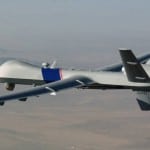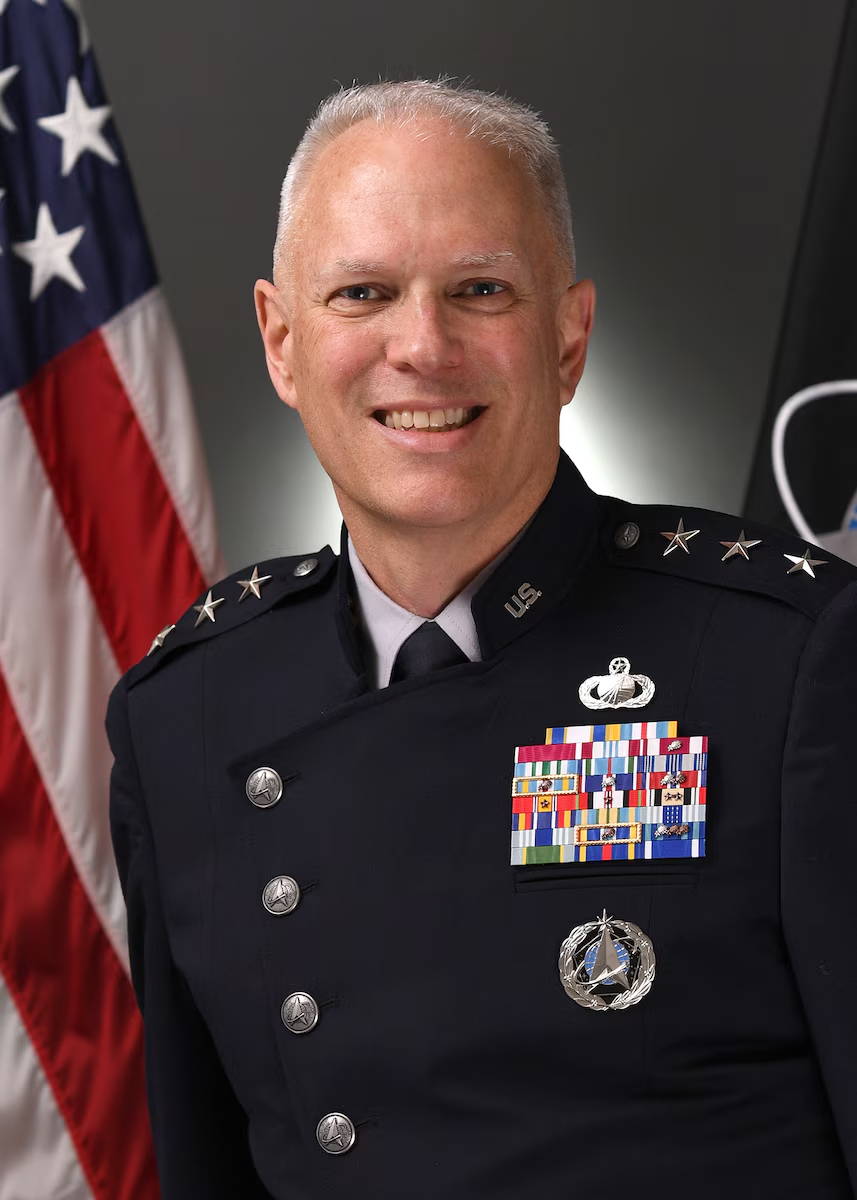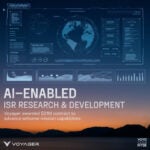
Pangiam on Wednesday said it has been selected by the Transportation Security Administration to demonstrated its artificial intelligence and machine learning (AI/ML) technology for identifying potential prohibited items in carry-on bags at airport checkpoints. The open architecture solution will be evaluated at the TSA’s System Integration Facility in Arlington, Va., marking the first trial of Pangiam’s Project DARTMOUTH, which includes Google’s [GOOG] Google Cloud business as a key partner. Pangiam is getting set to begin a Project DARTMOUTH evaluation of…

 By
By 











